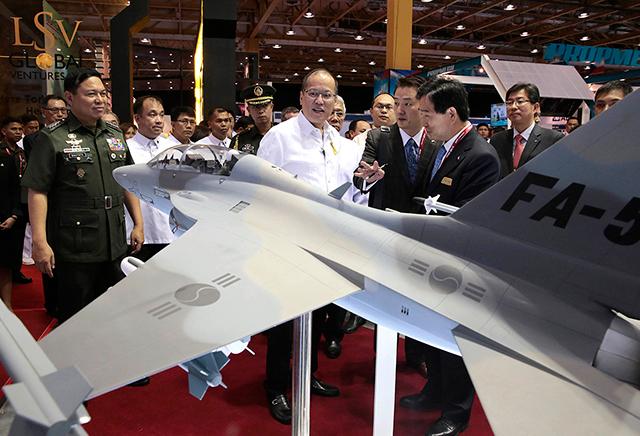Clears Delta Airlines, KLM, Singapore Airlines,
Emirates and Cathay Pacific transfer
31 July 2014
Emirates and Cathay Pacific transfer
31 July 2014
Delta Airlines will be the first airline to relocate in Terminal 3 today after the Transportation Department finally completed Terminal 3 project, 17 years after concession was awarded, amidst corruption scandal against its erstwhile benefactor Fraport AG of Germany.
DOTC said Japan’s Takenaka Corp. would turn over the facility today making it 100 percent operational and later tonight Delta Airlines would be receiving its arriving passengers from the Terminal.
Terminal 3 had been operating at half its intended designed capacity since it opened six years ago catering mostly to LCC operators Cebu Pacific and PAL Express together with lone full service carrier ANA.
Terminal 3 had been operating at half its intended designed capacity since it opened six years ago catering mostly to LCC operators Cebu Pacific and PAL Express together with lone full service carrier ANA.
Terminal 3 will now be able to welcome 3.5 million more passengers said Transport Secretary Joseph Emilio Abaya.
Abaya said the $US80 million completion work done by Takenaka can now be able to fully accommodate the relocation of five international carriers operating from Terminal 1, which also has to undergo extensive repair, retrofit, rehabilitation and upgrading works to meet future demands.
Abaya said the $US80 million completion work done by Takenaka can now be able to fully accommodate the relocation of five international carriers operating from Terminal 1, which also has to undergo extensive repair, retrofit, rehabilitation and upgrading works to meet future demands.
Other foreign carriers that will move to Terminal 3 are as follows:
- Delta Airlines........................................................ July 31
- KLM....................................................................... August 4
- Emirates................................................................. August 15
- Singapore Airlines................................................. September 1
- Cathay Pacific........................................................ October 1
The transfer of the five airlines is expected to reduce Terminal 1’s annual
passenger capacity from the current 8 million down to its design
capacity of 4.5 million. Terminal 3 handles 13 million passengers per annum.



























